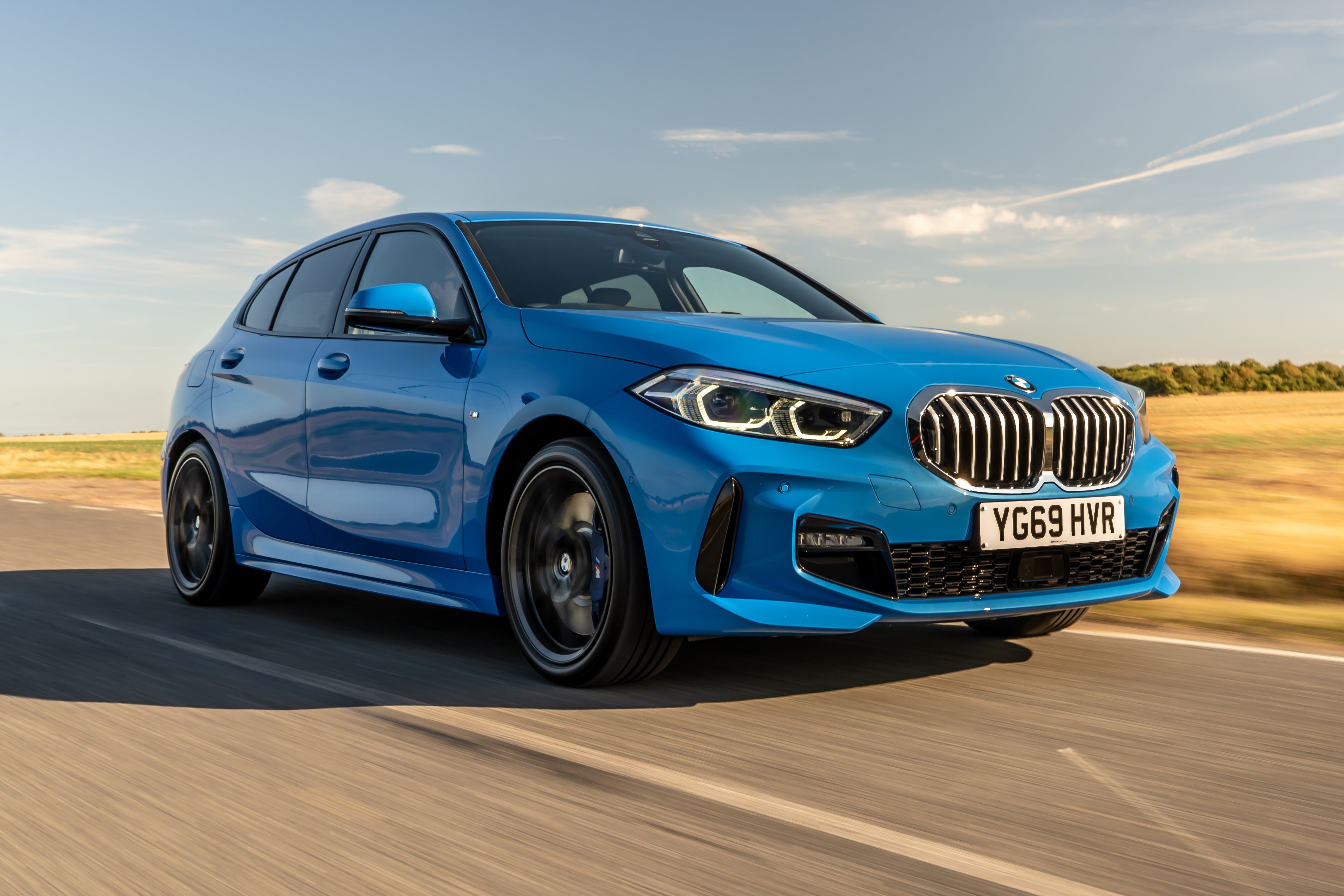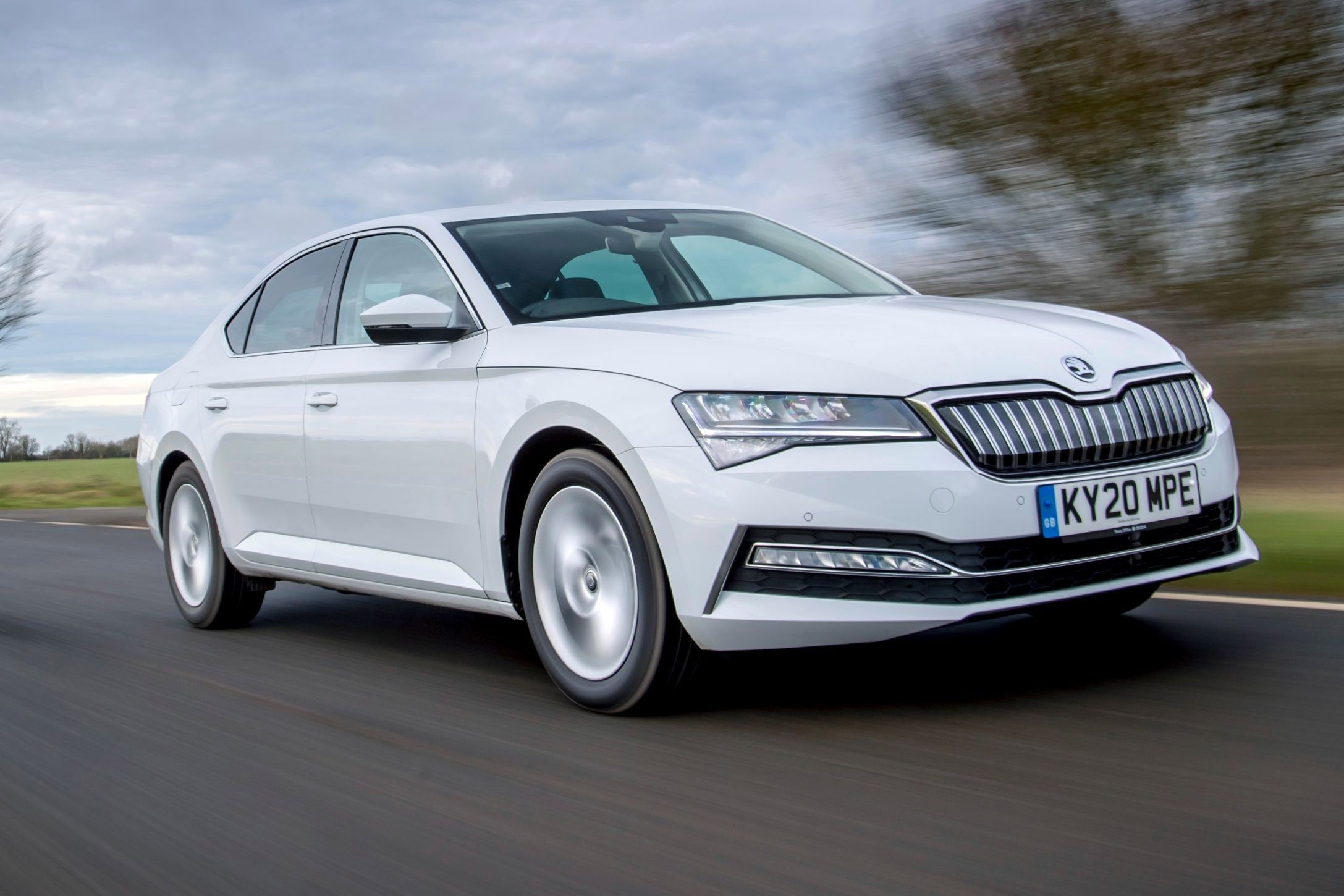
Want to know more about keyless car theft? Then you've come to the right place. This guide to explains what it is, what cars are vulnerable and how you can avoid becoming a victim of keyless car crime.
Thieves are increasingly thought to be using keyless technology to bypass security systems on modern cars, with some of today’s most popular models – including the Ford Fiesta, Volkswagen Golf and Nissan Qashqai – being vulnerable.
What is keyless car theft?
Keyless car theft (sometimes called relay theft) is a way of stealing a vehicle without taking the keyfob. The targeted vehicles are those equipped with keyless entry and start systems, and thieves exploit the technology to get access to the car and drive it away.
Keyless car theft is simpler and quicker than you might imagine. Police say that it can take less than two minutes for a car to be stolen, and in 2019, a vehicle was stolen every five minutes in the UK. Most of these thefts were keyless entry and it’s a crime that’s increasing significantly.
How does keyless car theft work?
A keyless fob has an in-built transceiver, which can send and receive coded radio signals. The car and the key send these unique, encrypted signals to each other to lock the doors when the key isn't within range and unlocks the doors when the key is close enough. When thieves target a car, they can use the keyless entry features to open the car without actually having the key.
One of the most common types of keyless car theft can be done within two minutes, right outside your house. Criminals use a pair of devices to carry out the theft.
Firstly, the signal from your car key is captured or amplified and this copied signal is then sent to another transmitter. This can be done quite easily, even if your key is indoors, because the tech used by thieves extends the signal from the key inside your home, tricking the car into thinking it's nearby.
This transmitter then acts as an additional key, so the car can be opened, started and driven away (as long as the car also features keyless start, which is when a car starts via a button rather than the physical turning of a key in the ignition). Once the car has been stolen it may be sent abroad, broken for parts or re-sold with false documents.

Are keyless cars easier to steal?
Yes, in many circumstances keyless cars are easier to steal. That said, it also depends on the particular model, as well as the situation. Some models have keyless entry, a system that unlocks the doors when the key is close by, but also have a conventional key need to start the car. Cars that are most vulnerable to relay theft are those with keyless entry and keyless start.
Relay theft is no longer new either, so manufacturers have been working on ways to combat it for a while. This means some more advanced models have systems designed to thwart the keyless car theft.
Which cars are vulnerable to keyless car theft?
Any vehicle that has both keyless theft and keyless entry is more vulnerable to theft than a vehicle without either. A large number of new cars have keyless entry either as standard or as an optional extra, and there are thousands of used vehicles already on the road with this technology.
However, some models are arguably more secure. For example, Jaguar Land Rover has fitted some models with ultra-wide-band (UWB) radio technology, which transmits over a wide range of frequency channels so that thieves can’t trace the code.
Audi, BMW, Ford and Mercedes-Benz have added motion sensors in their keyless fobs that stop them from sending out a code when they haven't moved for a while. While this offers protection when the fob is asleep, they don’t provide as much if they’re moving – such as when you're out and about with the key in your pocket.
This led some carmakers to introduce two methods of activating the sleep mode on the fob: automatically (after it hasn’t been moved) or immediately, by pressing a button on the fob. Keyfobs that can't be manually deactivated are just as vulnerable as standard keyless fobs if, say, you park at a store and walk away from your car – leaving the fob at risk of being relayed by thieves hanging about in wait.

How to avoid keyless car theft
Keyless car theft sounds almost unstoppable, but that doesn’t mean there aren’t preventative steps you can take.
If you haven’t bought your next car yet, the easiest way to avoid keyless theft is to buy a car without it. It's becoming increasingly popular as standard on cars, though, so that may or may not be an option. If you're in the process of buying, talk to the dealership or current owner about the security of the keyless function and also if the system can be disabled.
If you already have a car with keyless entry and start, putting the keys somewhere safe within your house should be your number one priority. Firstly, keep the key away from doors and windows. Thieves usually have to try and ‘grab’ the signal from outside, so the further away the keys are from the exterior walls, the better.
Some metal boxes, like those that biscuits or tea bags come in, can work to block the signal (plus, you get biscuits, too). Signal-blocking pouches, often called Faraday bags, are metal-lined wallets. You can buy them online and from motor retailers with prices starting at about £5. To check that it works, put the key in the bag when you’re standing beside the locked car. The doors should stay locked. You should also put the spare key that lives in the house in a similar bag.
Anything else you can do to make the car harder to steal will be a deterrent. Putting the car in a garage, getting a lockable post on your driveway and in-car security devices such as steering wheel locks can also help.
If you have a high-value car, consider getting a tracking device fitted as well.
No, while keyless entry is no longer the rare commodity it once was, not all cars have the feature. Many new models still have keyless entry listed as an additional extra.
A key fob usually has buttons for locking and unlocking the car. Lock your car and place the key fob a few metres away, then try to open the driver's side door. Your car door shouldn't open because it's locked. Then, with the fob on you, try the door again. If the car unlocks and the door opens, you have keyless entry. If it doesn't, you haven’t. A look at the owner's manual should also offer some guidance.
Generally speaking, there's no limit to the distance a vehicle with keyless entry and start can go without the keyfob being in the car. The vehicle will often just beep without the key present, but the engine will keep running. After they steal a vehicle, the thieves often run the car until they're either out of fuel or until they're turned off and can't be started again without the key. Many of the stolen cars are hidden away out of sight or driven to ports where they're then sold overseas.
Watch a keyless car theft in action
More car buying and owning guides
Everything you need to know about buying and owning a car from our experts


